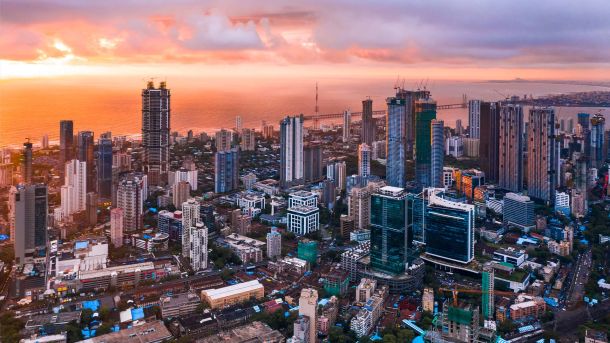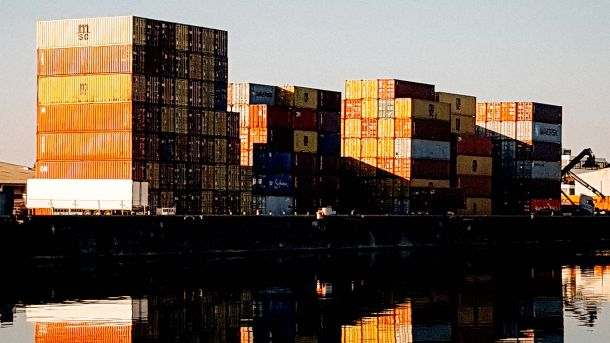In January 2025, producer price inflation experienced a modest annual increase of 1.1%, following a 0.7% rise in December. The production costs for food and beverages grew by 4.4%, contributing 1.3 percentage points to the overall producer inflation for the month.
While several categories within the producer price inflation basket are still facing deflation, significant declines were noted in coke, petroleum, chemicals, rubber, and plastic products, which saw an annual decrease of 1.8% compared to a 4.7% drop in December.
Production costs for intermediate goods rose slightly, from 5.8% in December to 7.3% in January 2025, with a month-on-month price increase of nearly 2.2%. The primary contributors to this annual increase included basic and fabricated metals, as well as chemicals, rubber, and plastic products, each rising by 8.3%. These increases accounted for 4.2 and 2.3 percentage points, respectively. Monthly producer price inflation was also influenced by a 3.3% rise in basic and fabricated metals, contributing an additional 1.7 percentage points, and a 0.8% increase in chemicals, rubber, and plastic products, which added 0.2 percentage points. Meanwhile, water and electricity costs remained elevated, rising 10.0% annually in January 2025, following a 10.3% increase in December 2024.
In the primary sector, mining costs increased by 0.7% after experiencing a 1.5% decline in December. In contrast, the agricultural sector saw a 7.5% rise in production costs, up from a 4.9% gain in the previous month.
Overall, the trend in producer price inflation appears favourable for inflation expectations in South Africa, as most costs remain contained for now. Producer inflation acts as a leading indicator of overall economic inflation. However, the persistent rise in prices for intermediate goods, particularly water and electricity, is a concern, as these rates exceed the South African Reserve Bank’s (SARB) target range of 3% to 6%. Current producer inflation figures indicate that consumer inflation levels are likely to remain low and stable in the short term, posing no immediate inflationary risks from production costs as we approach the end of the first quarter of 2025.





